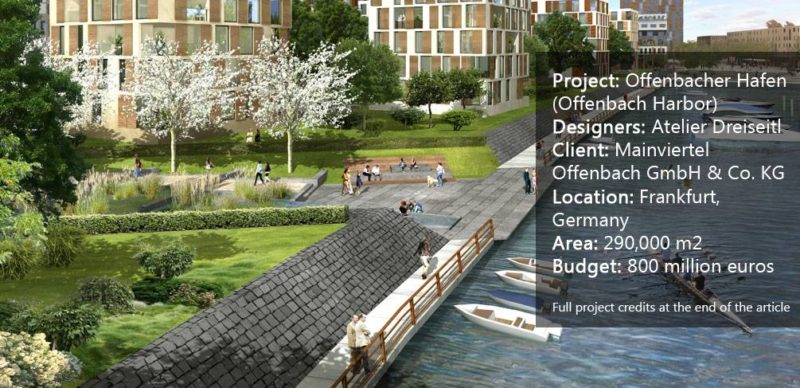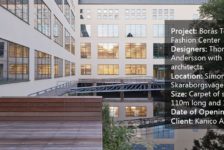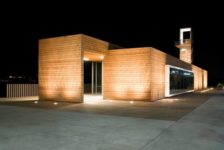Offenbacher Hafen, Atelier Dreiseitl, Frankfurt, Germany. For the past two decades, sustainability and creating ecological cities have become the buzz words dominating discussions on nature in the city. But these countless discussions and debates on the matter are often accompanied by a shadow of skepticism in regard to their actual implementation. Landscape architects are among the main key players — although not the only ones — who have taken on the responsibility of showing how these concepts can be applied to real-life projects. So what are the factors that can contribute to shaping an ecological city through a landscape architecture project? The award-winning design of Offenbach Harbor (Offenbacher Hafen) shows a genuine example of how it can be done.
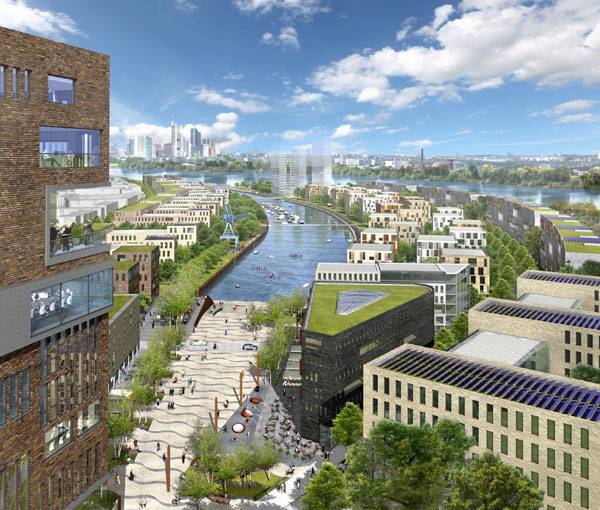
Offenbacher Hafen. Image credit: Atelier Dreiseitl.
Offenbacher Hafen
The Legacy of Industrial Revitalization in Germany One of the challenges standing in the way of creating ecological spaces is represented by the many factories and industrial landscapes made obsolete in the decline of heavy industry. Examples from the Ruhr and other regions of industrial Germany prove that this country stands as a pioneer in industrial revitalization. Offenbach Harbor, located on the Main River in Frankfurt, Germany, is a former industrial port that had been utilized since the 1950s for the storage and transportation of petroleum, sand, scrap metal, and gravel. The plan to transform this area into a new commercial and residential zone has initiated a €800-million project that would change the face of the port and give it a new identity.
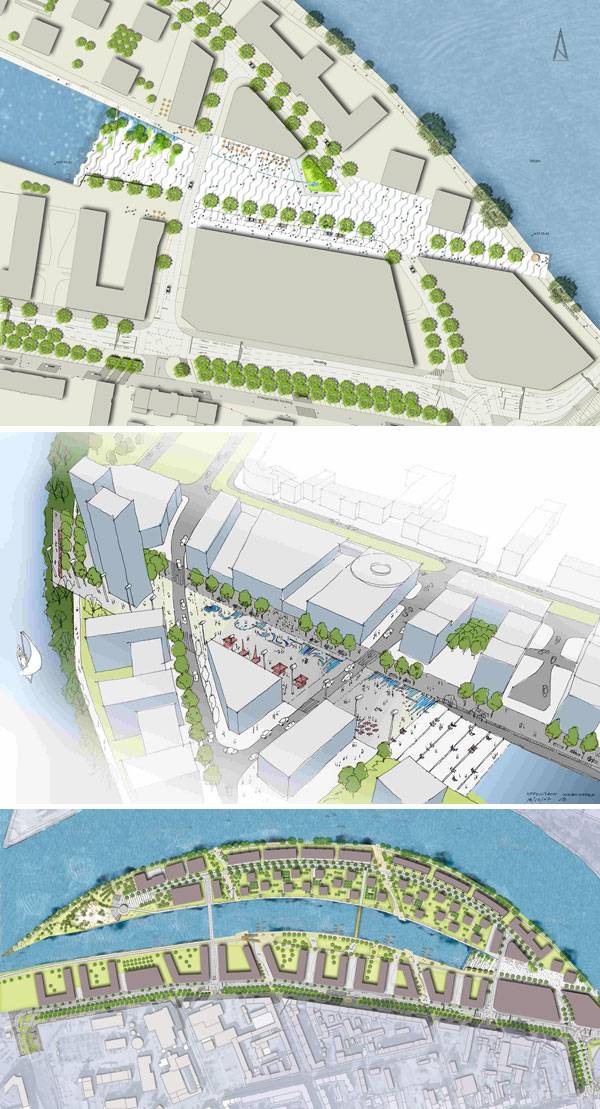
Offenbacher Hafen. Image credit: Atelier Dreiseitl.
We are living in an era of a continuously growing need for experts in pretty much everything. Interdisciplinary and crossing interests are becoming vital in facing the challenges of the 21st century, such as answering ecological questions. The design of Offenbach Harbor, which is to be completed in 2020, is a conception made by Atelier Dreiseitl, an expert in
water-sensitive urban design, as featured in our article
How Zollhallen Plaza is Ready for a 100 Year Flood.
See More Projects Featuring Atelier Dreiseitl:

Zollhallen Plaza. Image credit: Atelier Dreiseitl
Founded by landscape architect, artist, and urban hydrologist Herbert Dreiseitl, the firm is especially known for its genuine and environmental use of water in urban design. Architecture, art, and water come together in harmony, producing groundbreaking solutions.
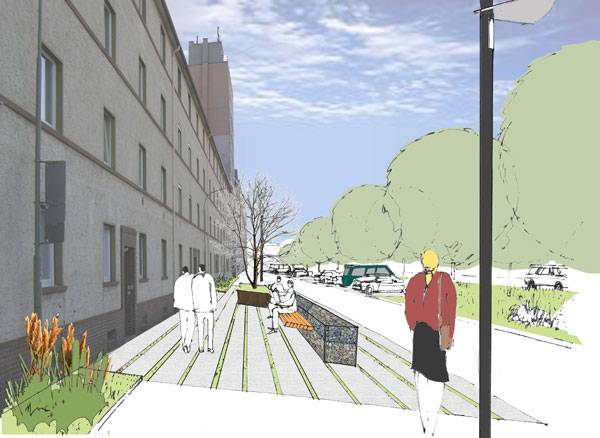
Offenbacher Hafen. Image credit: Atelier Dreiseitl.
The site’s location on the river and its former industrial character has meant that this project faces several environmental challenges. They are being met with clever and creative procedures:
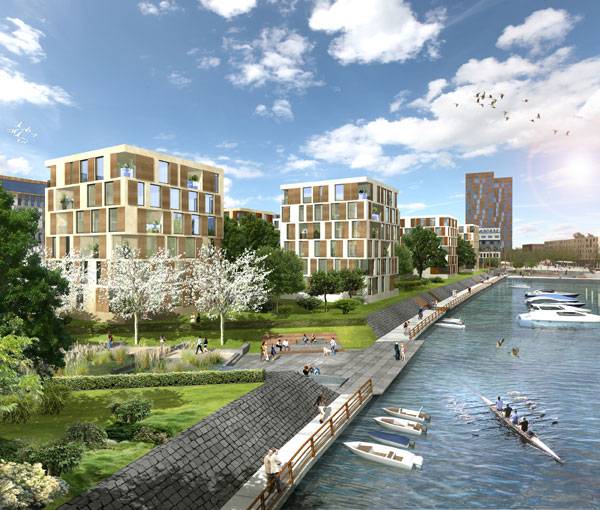
Offenbacher Hafen. Image credit: Atelier Dreiseitl.
In order to protect the port from potential floods caused by storms, the site was elevated by four meters from its original ground level. Landfill was performed by recycling rubble from the war and gathered debris from a dam construction project.
Water and soil remediation The soil of the port is highly contaminated with fuel oil and other polluting material, which is why a remediation plan was crucial for the creation of a clean riverfront. The remediation procedures are in fact still ongoing and will go through several phases in order to be completed. The remediation plan was based on an accurate data collection of hydrogeological information and a list of existing pollutants.
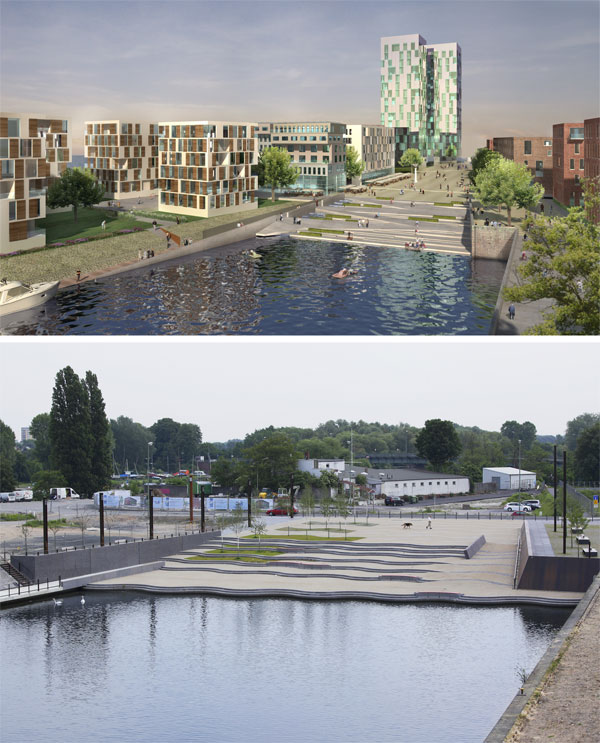
Offenbacher Hafen. Image credit: Atelier Dreiseitl.
The redevelopment of the port allows not only for an aesthetically pleasing visual connection to the river, but also provides access to it. The river is linked to the city in this area through the many access points created by stepping terraces with benches and trees. Some of these terraces do not solely border the water, but also allow streams to cross their sides.

Offenbacher Hafen. Image credit: Atelier Dreiseitl.
The terrace located at the end of the port even follows in its design lines the movement of the water, as it is curvy and wave-like rather than geometric. A strong river identity is also created by encouraging running and walking on the promenade along the water and proposing kayak and canoe activities.
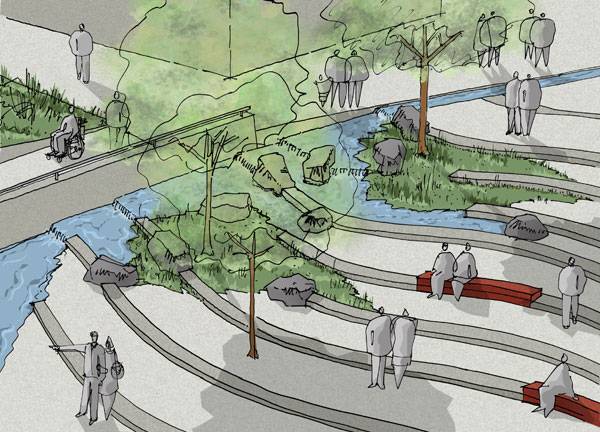
Offenbacher Hafen. Image credit: Atelier Dreiseitl.
The ecological infrastructure of the project is not the only thing that illustrates its sensitivity. Accessibility is also key in the design, as wheelchair ramps were introduced in some of the terraces.
Sustainability is About Valuing our Environment There is not one definition or understanding about what
sustainability is. To many, this notion brings to mind images of highly advanced technology that makes up for the loss of nature in the city. Landscape architects and urban designers define through their projects — as the design of Offenbach Harbor showcases — sustainability as progressive means that allow for the reinvention of a lost connection with our environment in the city.
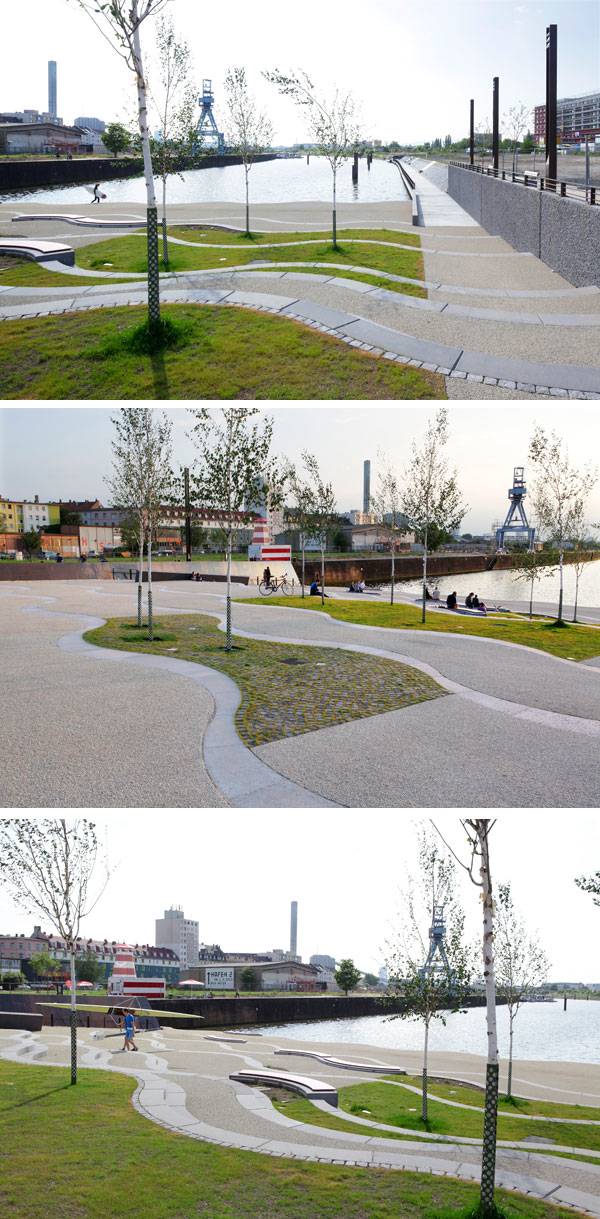
Offenbacher Hafen. Image credit: Atelier Dreiseitl.
Do you know of other projects that introduce innovative, environmentally sensitive designs? Let us know in the comments if you’d like us to write articles about any particular ones.
Full Project Credits for Offenbacher Hafen
Project Title: Offenbacher Hafen (Offenbach Harbor) Landscape Architect: Atelier Dreiseitl Client: Mainviertel Offenbach GmbH & Co. KG Location: Frankfurt, Germany Expected Year of Completion: 2020 Area: 290,000 m2 Budget: 800 million euros Award: DGNB Gold Sustainable City District
Recommended Reading:
Article by Dalia Zein
Return to Homepage
Published in Blog











